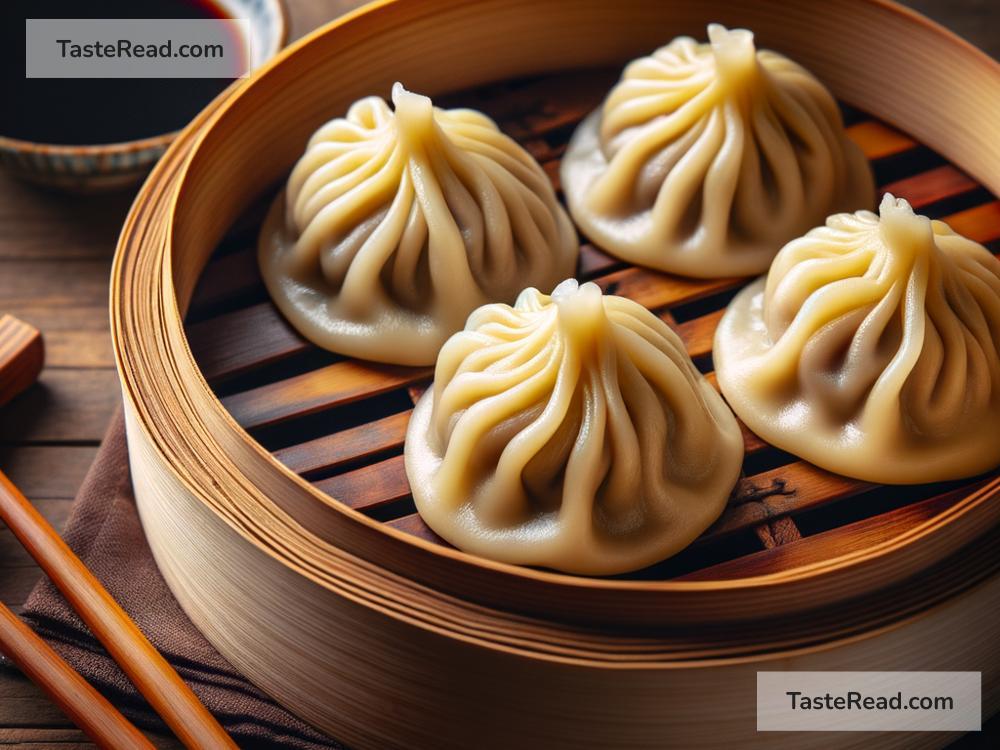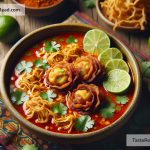How Chinese Dumplings Became a Global Favorite
In many cultures around the world, food is much more than just a means of survival. It’s a way of celebration, a tradition, a centerpiece at family gatherings, and often, a token of love. Among the vast array of dishes that have crossed borders and oceans to warm hearts and delight taste buds globally, Chinese dumplings have carved a particularly special place. But ever wondered how these delightful little pockets of joy became a worldwide sensation? It’s a tale that travels through time and space, from ancient China to nearly every corner of the globe today.
The Origins: A Bite into History
The story of dumplings begins over 1,800 years ago in China. Legend has it that a compassionate man named Zhang Zhongjing, often viewed as the ‘Medicine Saint’ in Chinese history, invented dumplings. Witnessing his fellow villagers suffering from frostbite, especially around their ears, during a cold winter, he had an idea. He wrapped mutton, chili, and healing herbs in dough and shaped them like ears, then boiled these little bundles and distributed them to the villagers to eat. The dumplings not only warmed them up but also cured their frostbite. From this noble act, the dumpling was born, or so the story goes.
Over centuries, dumplings evolved. Every region in China started creating its variations. Ingredients and cooking methods diversified—steamed, boiled, pan-fried, ingredients ranging from pork, beef, chicken, to all types of vegetables and even fruits. These dumplings, known as ‘Jiaozi’ in Chinese, became a staple in Chinese cuisine and a must-have during the Chinese New Year, symbolizing prosperity and good luck for the year ahead.
Journey Across the Globe
So, how did they go from being a local Chinese delicacy to a global favorite? The spread of Chinese dumplings around the world closely mirrors the diaspora of Chinese people. As Chinese immigrants moved, they brought their culinary traditions with them, opening restaurants and introducing their native cuisine to new populations. However, it wasn’t just the Chinese diaspora that played a role in making dumplings a global sensation; international trade and globalization allowed more people to explore different cuisines, including Chinese.
Another key factor is the universal appeal of dumplings. Almost every culture has its version of dumplings: from Italian ravioli, Polish pierogi, Japanese gyoza, to Indian momos—the concept of wrapping a filling inside dough is a culinary theme that resonates across different cultures. This familiarity has helped dumplings to be more easily accepted and become beloved by people from various backgrounds.
Why We Love Dumplings
Beyond their history and versatility, it’s the experience of eating dumplings that has contributed enormously to their global popularity. Dumplings are often shared, bringing people together around a table. The act of making dumplings is communal and familial, with family members often gathering to prepare them for special occasions, infusing the food with love and tradition.
There’s also something incredibly satisfying about the combination of textures and flavors—a soft yet slightly chewy dough giving way to a flavorful, juicy filling. Plus, dumplings are adaptable. They can be made vegan, gluten-free, or stuffed with whatever ingredients you like, making them accommodating to various diets and preferences.
Global Dumpling Love
Today, you can find dumplings in high-end restaurants, humble street food stalls, and everywhere in between, across all corners of the world. From being served as appetizers to main dishes, or even desserts, dumplings have transcended beyond their traditional roots to take on a global identity.
Cultural festivals, food shows, and international culinary competitions often feature dumplings, highlighting not just their taste but also the art of making them. Chefs around the world experiment with dumpling recipes, fusing traditional techniques with local ingredients, creating new versions that appeal to the local palate while paying homage to their Chinese origins.
In Conclusion
The journey of Chinese dumplings from a simple dish designed to comfort and heal, to a global culinary phenomenon is a testament to the power of food in bridging cultures and bringing people together. They are more than just food; they are a symbol of tradition, a vessel for innovation, and above all, a universal language of love and comfort. As we continue to explore and celebrate the diversity of global cuisines, the story of Chinese dumplings reminds us of our shared human experience and the joy that comes from a simple, delicious bite.


